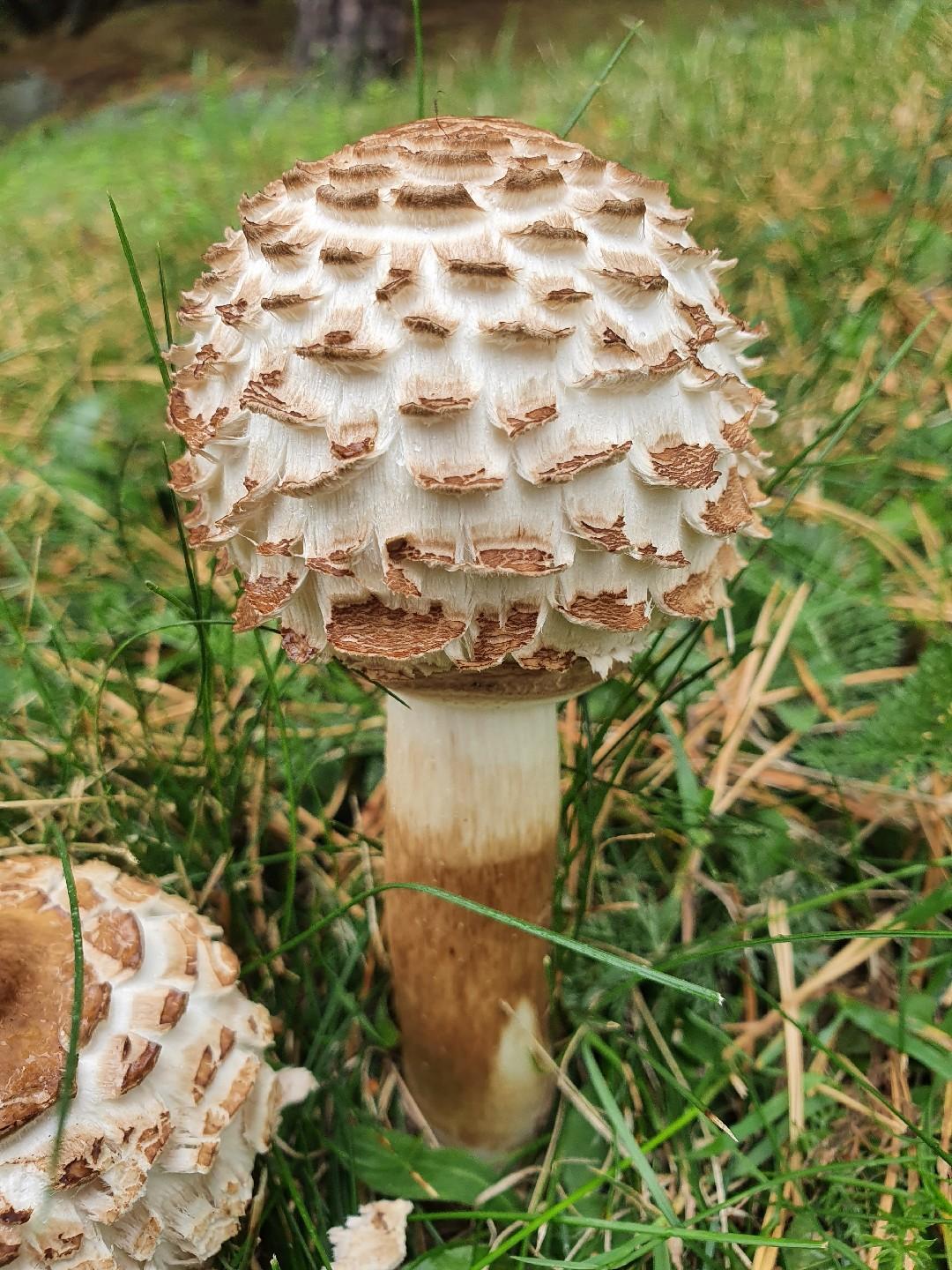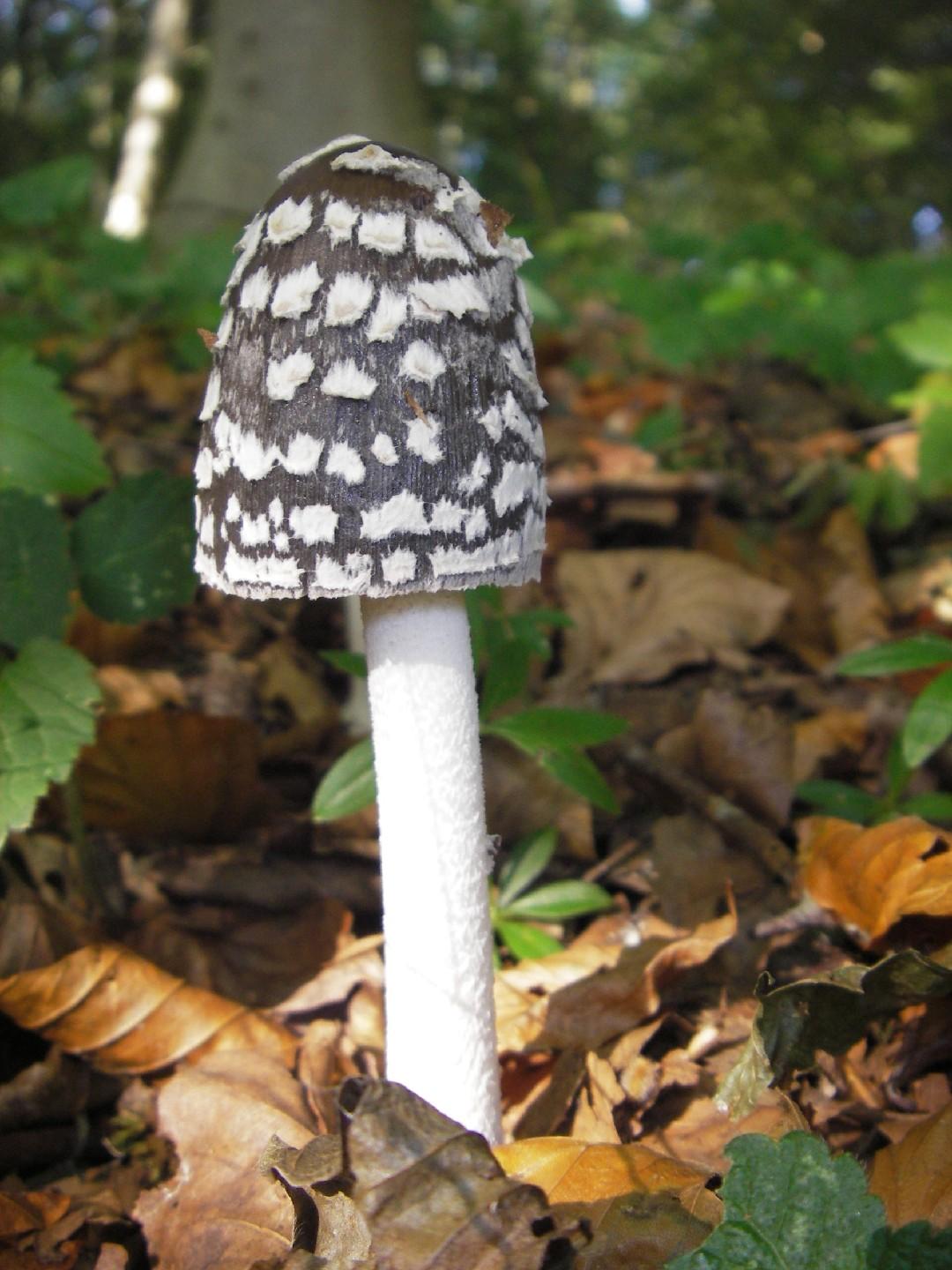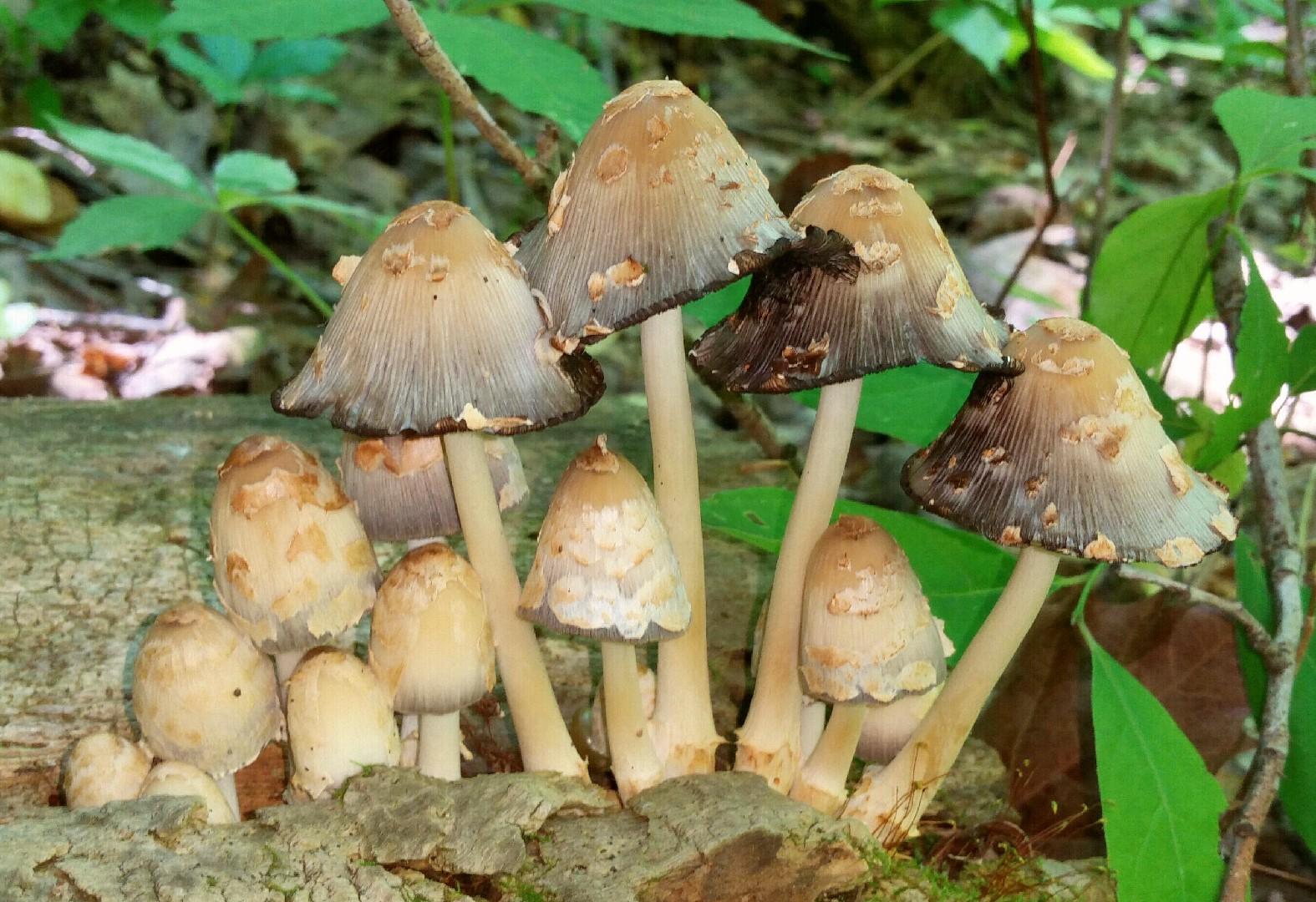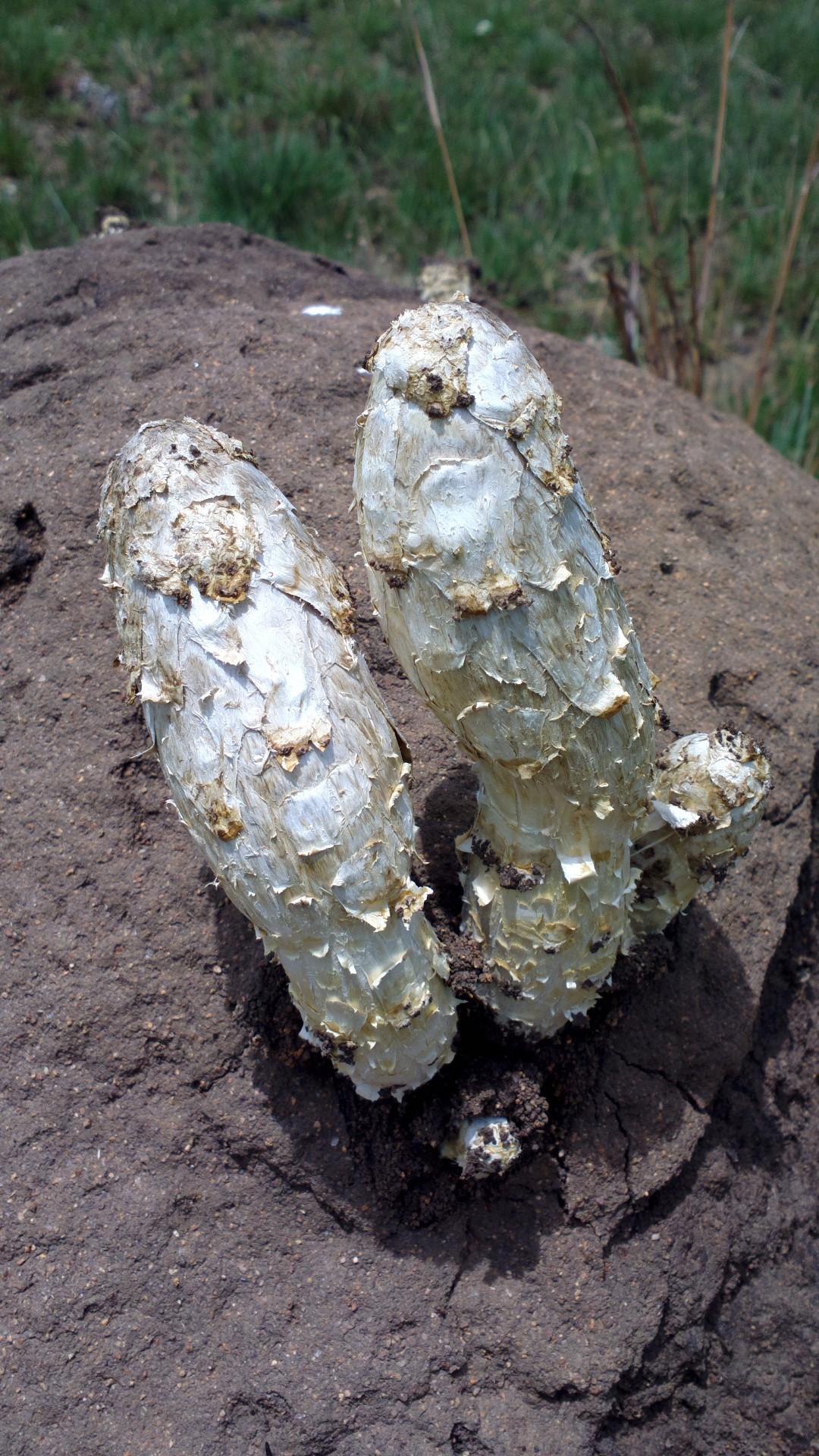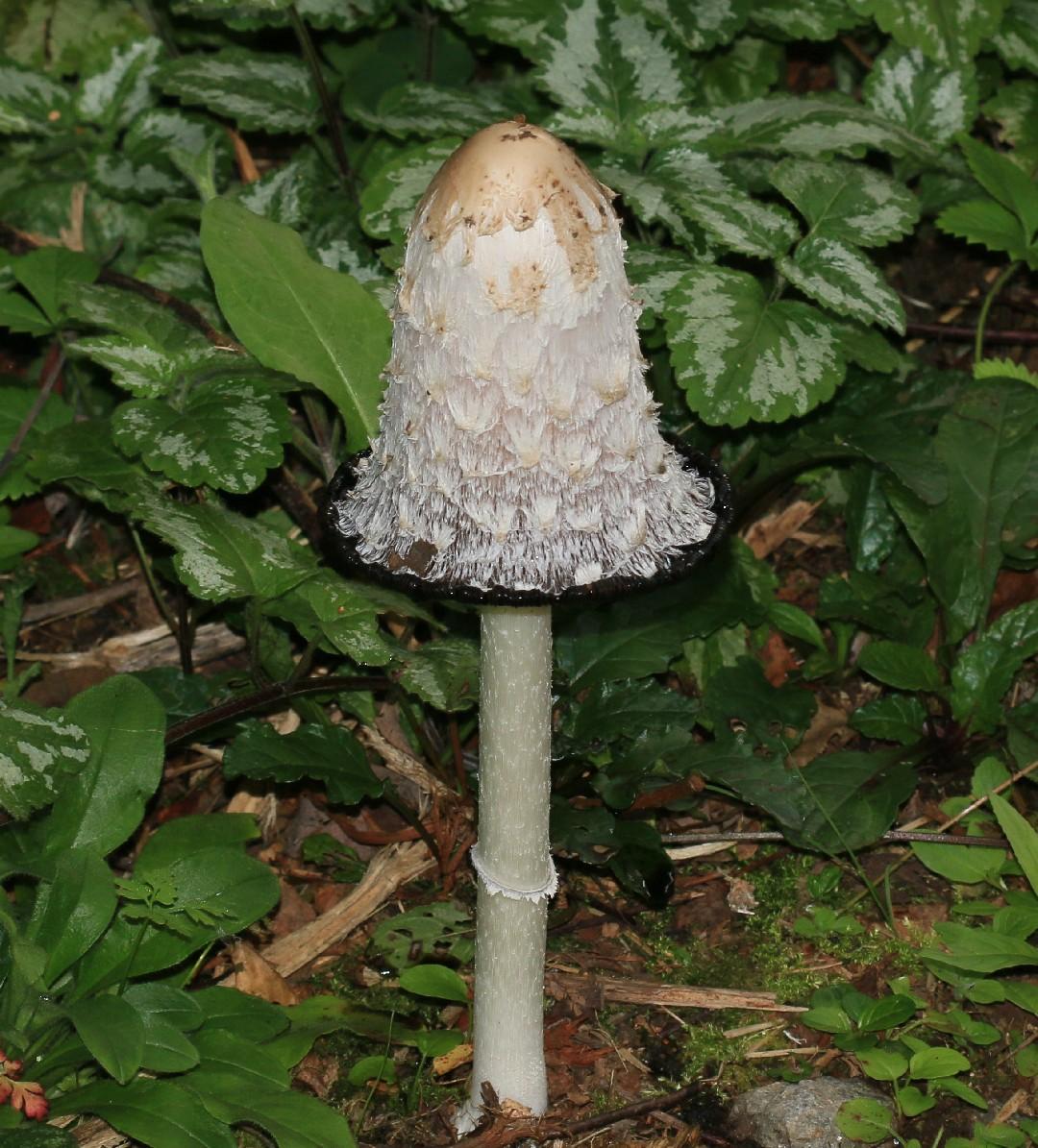

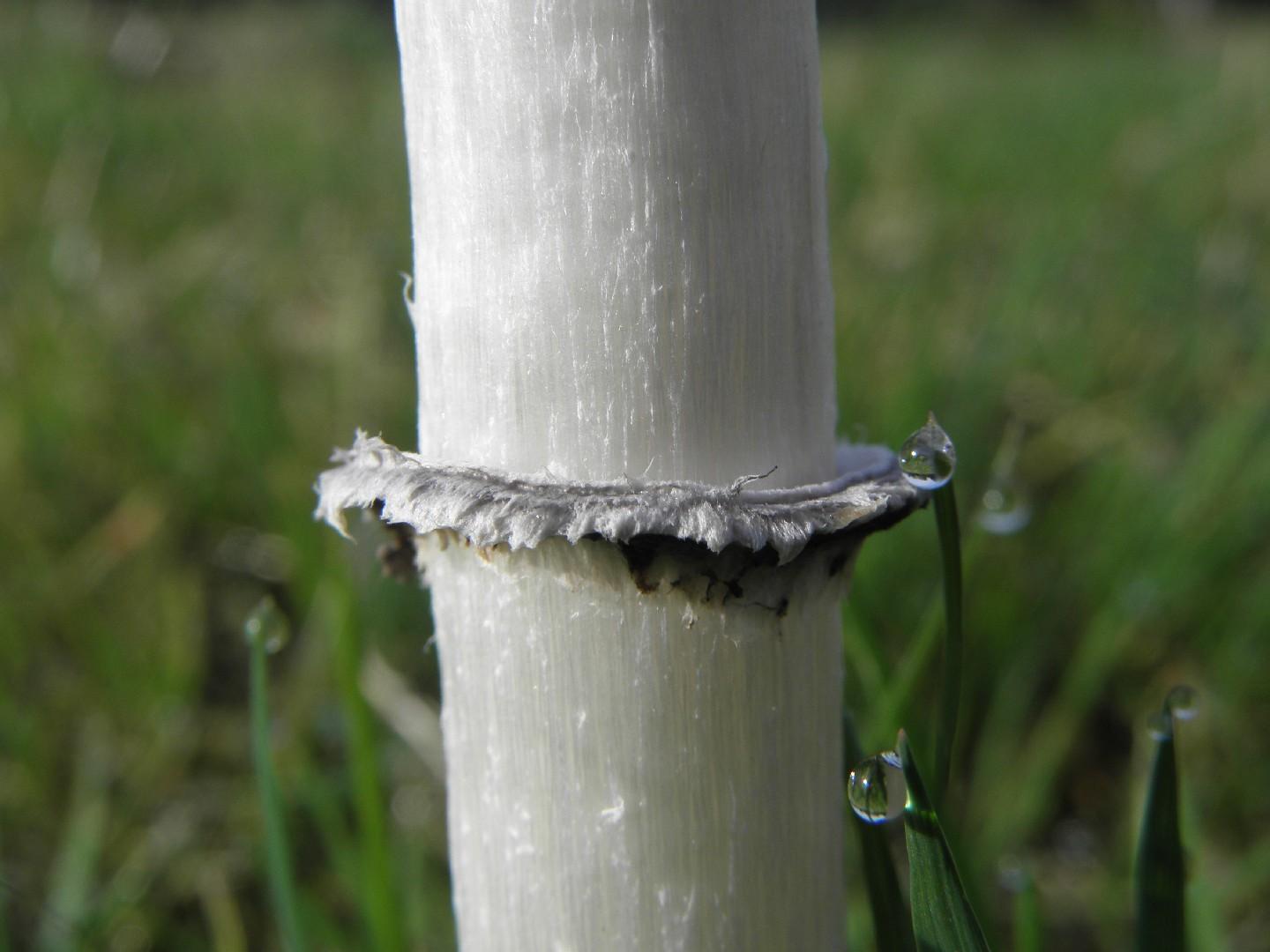
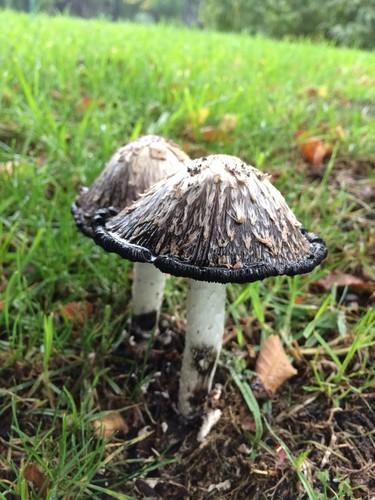
Shaggy mane
Coprinus comatus
A species of Ink cap. Also known as Shaggy ink cap.
The ink cap mushroom, a common sight in the meadows of North America and Europe, was once gathered for its undeveloped, ovoid fruiting bodies. However, it has since been discovered that this fungus readily absorbs harmful heavy metals from the ground, concentrating them within its tissues. Consequently, consuming ink cap mushrooms is now discouraged. These mushrooms typically emerge in groups or in a circular pattern known as fairy rings.
Attributes of Shaggy mane
Scientific Classification of Shaggy mane
Toxicity and Edibility of Shaggy mane
Is Shaggy mane Toxic?
The shaggy mane mushroom possesses a substance known as coprine, which can cause moderate toxicity when consumed alongside alcohol. This toxicity arises because coprine disrupts the body's natural alcohol detoxification process. Individuals experiencing alcohol/coprine poisoning may exhibit symptoms such as a flushed face and neck, an accelerated heart rate, a metallic sensation in the mouth, nausea, loose stools, and a subjective feeling of puffiness in their face and hands.
